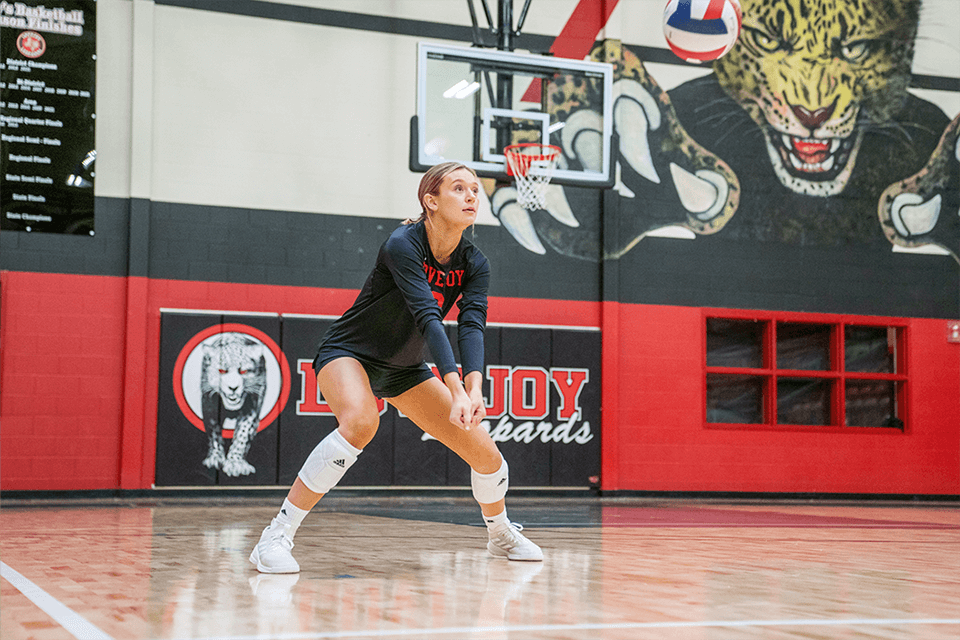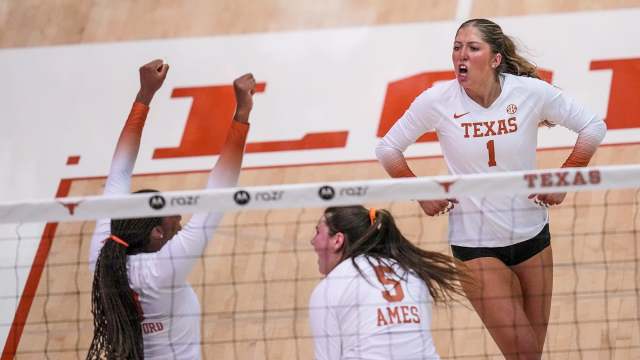In the competitive world of collegiate volleyball, where every roster decision can alter the course of a season, the Texas Longhorns have found themselves at the center of a major shake-up. After months of speculation, setter Averi Carlson has entered the NCAA transfer portal, leaving behind a legacy of promise and potential at the University of Texas. This move comes just weeks after fellow setter Ella Swindle announced her intention to remain with the team for the 2025 season. The decision underscores the challenges of managing a roster brimming with elite talent, especially when it comes to the critical setter position.
Here's ads banner inside a post
A Tale of Two Setters
The setter position in volleyball is akin to the quarterback role in football—pivotal, strategic, and often the heart of the team. For Texas, having two top-tier setters in Carlson and Swindle initially seemed like a dream scenario. However, as the season unfolded, it became evident that this arrangement was more of a double-edged sword. Head coach Jerritt Elliott, who has built a reputation for assembling powerhouse teams, faced the unenviable task of balancing playing time between the two.
Here's ads banner inside a post
Swindle, a 6-foot-3 standout, led the Longhorns to a national championship as a freshman in 2023. Her height and court vision made her a formidable presence. Meanwhile, Carlson, a 5-foot-11 junior, brought a wealth of experience and accolades, including being named the 2021 Gatorade Texas Volleyball Player of the Year and the 2022 Big 12 Freshman of the Year during her time at Baylor.

Both setters were high school phenoms, each earning Gatorade Player of the Year honors in their respective states. Yet, despite their shared pedigree, their coexistence on the court proved challenging. Elliott initially experimented with a 6-2 offensive rotation, which utilizes two setters, but the strategy disrupted other aspects of the team’s play, particularly Madison Skinner’s ability to hit from the back row. After three consecutive midseason losses in SEC play, Elliott reverted to a traditional 5-1 rotation, favoring Carlson as the primary setter.

Here's ads banner inside a post
The Stats and the Strategy
Statistically, Carlson had the edge over Swindle in the 2024 season. She finished with 787 assists, averaging 8.5 per set, compared to Swindle’s 265 assists, or 4.1 per set. While Swindle’s numbers were respectable, Carlson’s consistency and experience gave her the starting nod during the crucial stretch of the season. The decision paid off, as the Longhorns regained their footing and earned hosting duties for the first two rounds of the NCAA tournament.

However, the team’s season ended earlier than expected, with a Sweet 16 loss to Creighton. For a program accustomed to deep tournament runs and national titles, the early exit was a bitter pill to swallow. The loss raised questions about whether the team had maximized its potential and whether the dual-setter experiment had hindered their progress.

The Transfer Portal Beckons
Carlson’s decision to enter the transfer portal reflects a growing trend in collegiate athletics, where players seek opportunities that align with their personal and professional goals. With one year of eligibility remaining, Carlson is likely to attract significant interest from top programs across the country. Her combination of skill, leadership, and experience makes her a valuable asset for any team looking to contend for a championship.

For Texas, Carlson’s departure is both a loss and an opportunity. While the team will miss her steady hand and playmaking ability, Swindle’s decision to stay signals her readiness to step into a larger role. Swindle, who has already proven her championship mettle, now has the chance to reclaim the starting setter position and lead the Longhorns into a new era.
The Bigger Picture
The Carlson-Swindle saga highlights the complexities of managing a high-profile collegiate volleyball program. Elliott’s job is to recruit and develop the best talent, but with that talent comes the challenge of managing egos, expectations, and playing time. In this case, the presence of two elite setters created a dilemma that ultimately led to Carlson’s departure.

This situation also underscores the broader dynamics of the NCAA transfer portal, which has become a game-changer in college sports. Players now have more freedom than ever to explore their options, and programs must adapt to the realities of roster turnover and increased competition for top talent.
Looking Ahead
As the Longhorns prepare for the 2025 season, the focus will shift to Swindle and the supporting cast around her. With a proven track record and another year of experience under her belt, Swindle is well-positioned to lead the team back to national prominence. However, the loss of Carlson will undoubtedly leave a void, both on and off the court.

For Carlson, the future is bright. Whether she lands at a perennial powerhouse or a rising program, she will have the opportunity to make an immediate impact and cement her legacy as one of the top setters in the game.
What Lies Ahead for Texas Volleyball?
The departure of Averi Carlson marks a turning point for Texas volleyball, but it also serves as a reminder of the challenges and opportunities that come with managing elite talent. For fans, players, and coaches alike, the 2025 season promises to be a fascinating chapter in the Longhorns’ storied history. As the dust settles, one thing is clear: the competition at the highest level of collegiate volleyball is as fierce as ever, and the drama is far from over.


